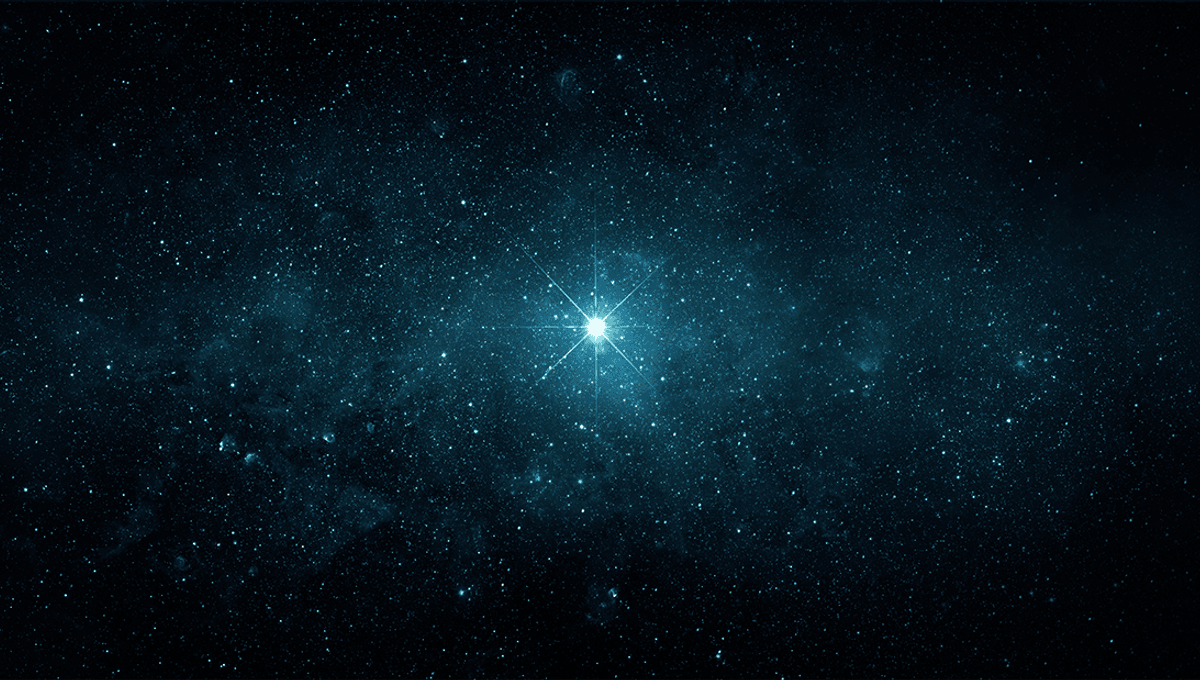-
أخر الأخبار
- استكشف
-
الصفحات
-
المدونات
-
المنتديات
The Most "Pristine Star" In The Universe May Have Been Identified – Researchers Link It To Elusive "Population III" Stars

The Most "Pristine Star" In The Universe May Have Been Identified – Researchers Link It To Elusive "Population III" Stars
A team of astronomers believe they may have found the most "pristine" star in the universe to date. According to the team, the gas that formed this star may have come from an elusive "population III" star, the earliest stars in the universe.
The rest of this article is behind a paywall. Please sign in or subscribe to access the full content. Population III stars are the name we give to the universe's first stars, which formed from primordial hydrogen and helium and are thought to contain virtually no heavier metallic elements within them. Though we have never observed them, models suggest they would likely be very large, and very hot. "Massive Population III stars could have been as hot as 100,000 kelvins – more than 90,000 degrees hotter than the Sun," NASA explains. "The hotter any object is, the more electromagnetic radiation (light) it gives off, and the higher energy the radiation is. Population III stars would have been much brighter than the Sun, giving off mostly high-energy ultraviolet rather than visible light." It is no mystery why we haven't seen any of these population III stars, with the main reason being that we are separated from them by time. "The first stars formed out of pristine gas, causing them to be so massive that none are expected to have survived until today," the new paper, which has not yet been peer reviewed, explains. "If their direct descendants were sufficiently lowmass stars, they could exist today and would be recognizable by having the lowest metallicity (abundance of elements heavier than helium)." Whilst looking at various stars in the cosmos, astronomers have discovered stars that are very metal-poor. Until now, the most metal-poor star was located in the thick disk of the Milky Way, with a total metallicity (Z) of 1.4 × 10-6. But looking at SDSS J0715-7334, a red giant located in our galaxy, they found that it was far less metallic than that. "We find that J0715−7334 is the most metal-poor star known, with Z < 7.8 × 10−7," the team explains in their paper. "This is about two times more metal-poor than the previous record holder, J1029+1729." What is particularly interesting about this star is that it has an extremely low abundance of carbon. Other metal-poor stars are "carbon-enhanced", but not J0715−7334. "The detailed chemical abundances of the most metal-poor stars can be linked back to the properties of metal-free Population III stars through supernova nucleosynthesis models. J0715−7334 is an especially clean probe of Population III, as its distant halo orbit completely precludes significant surface contamination from the interstellar medium, and its large convective envelope removes any diffusive settling effects," the team explains. "Overall, this star is best explained by a 30 [solar mass] progenitor star and a high explosion energy around 5 × 1051 erg." While this is not a direct detection of a population III star, the team believes it formed from the pristine gas of one of those stars, making it a "nearly pristine" star. Tracing back its origins, they believe it originated in the nearby (in space terms) Large Magellanic Cloud. "The launch of the James Webb Space Telescope has led to a flurry of discoveries of extremely metal-poor high-redshift galaxies. The metallicity upper limits have been claimed to be as low as [Z/H] < −3. These are undoubtedly exciting objects, but the metallicity constraints remain an order of magnitude away from legitimate claims of detecting Population III stars," the team concludes. "The lowest [OIII]/Hβ ratio measured so far is < 0.2215, but a galaxy with the same metallicity as J0715−7334 would have [OIII]/Hβ < 0.0116. Thus, at least 10 times better signal-to-noise ratios are needed in order to show that these high-redshift galaxies are not Population II galaxies composed of stars like J0715−7334. The search for Population III stars continues." The study is posted to preprint server arXiv.


